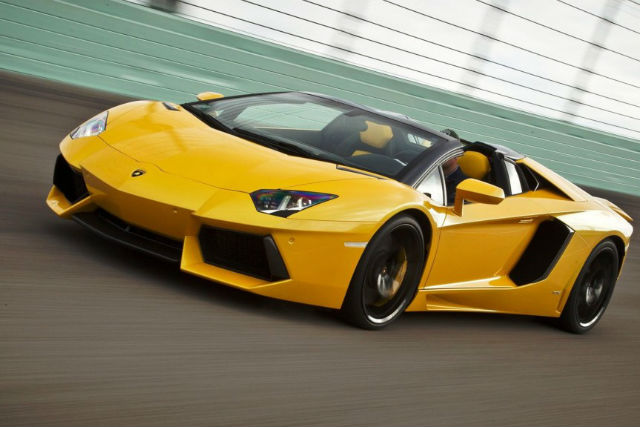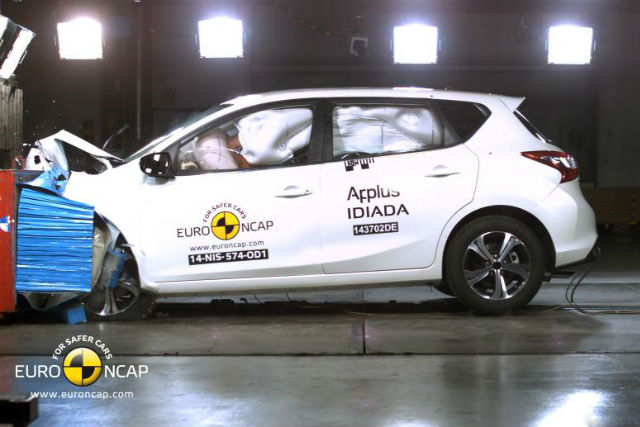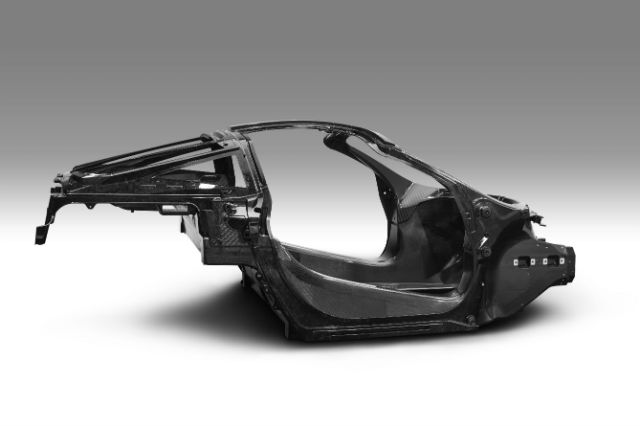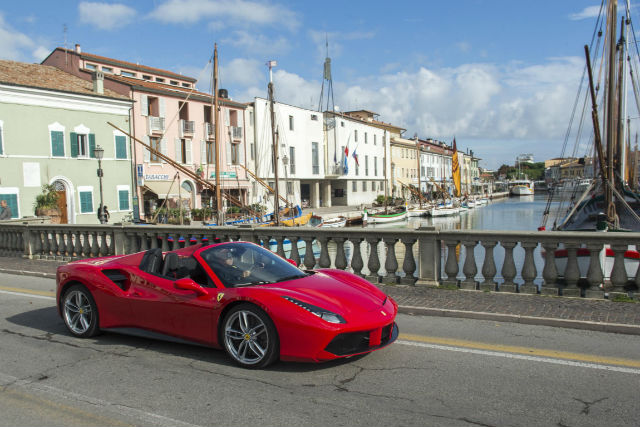You may have heard that exotic supercars and other low-volume exclusives don’t have to be subjected to the same safety tests as other cars. Technically speaking, however, that’s untrue. All cars must pass both emissions and safety tests before they’re allowed to be sold to the public, and that goes for supercars too.
Governmental safety standards require manufacturers to demonstrate that their cars offer at least some degree of crash safety, and car companies will often subject prototypes and development cars to tests that assess how well they’ll perform in collisions and how much protection they offer in the event of a rollover, etc.
All new cars must include things like front crumple zones, which deform upon impact to absorb the energy from a collision and better protect occupants, while virtually all cars – supercars included – will also come complete with stability control, airbags and anti-lock brakes.

What car manufacturers aren’t required to do is undergo independent testing from the likes of Euro NCAP in Europe or the NHTSA in the US, both of which carry out much more extensive and thorough tests than those legally required and which offer safety ratings out of five for each car.
As a result, it’s rare to see a Euro NCAP or NHTSA-tested supercar, and currently on the Euro NCAP site there are no ratings for any supercar currently on sale.
The reason is that due to the fact that organisations like this are independent, they buy new cars straight off the dealership lot in order to test them rather than have them willingly provided by the manufacturers, who are under no legal obligation to provide their cars for tests.
Resultantly, it’s not feasible for the likes of Euro NCAP to test every single car that’s on the market and it rarely tests every single car offered by each manufacturer either.
Instead, independent crash testers will pick a couple of cars from each manufacturer that are representative of each and also representative of the most popular models. Euro NCAP’s website states: “To provide the broadest range of consumer information, each year a selection is made of the most popular and interesting models.”
As an example, Euro NCAP currently has information on the majority of Audi cars on sale, apart from the A5, A7 and A8, while the R8 supercar hasn’t been crash tested by the organisation either.

With all that in mind then, is your average supercar likely to be more or less safe in the event of an accident than your average hatchback? Unfortunately again, it’s less clear cut than a simple yes or no answer.
For a start, much of it depends on the skill and attentiveness of the driver. A good driver who drives responsibly and who can read the road will have a greater chance of avoiding accidents altogether, regardless of whether they’re driving a Fiat or a Ferrari.
Many would claim that supercars have a higher dynamic safety factor thanks to their nimbleness and stronger brakes, which would afford drivers a much better chance of staying out of trouble too, but for the sake of argument let’s assume that any collision is unavoidable and happens at a moderate speed, say 50mph.

The inclusion of crumple zones will go a long way to protecting occupants, while the fact that many supercars are made of advanced composite materials like carbon fibre specifically designed to resist impacts and absorb energy should make them suitably safe in the event of an accident.
Many supercars are also now built with monocoque survival cell construction, where the driver and passengers sit inside an isolated tub made of high-strength metal or carbon fibre. The idea is that in the event of an impact, the parts around the car shred away, deform or break off, absorbing energy and deflecting it away from the core survival cell.
While passenger cars all feature crumple zones as well, most are still made of traditional materials like steel and aluminium and lack the monocoque construction of more exclusive, much more expensive performance cars.

That’s not to say that they’re less safe, as many come packed with technology like autonomous emergency braking, blind spot detection and driver drowsiness alert systems, most of which aren’t available on supercars and which can go a long way towards preventing accidents.
As well as that, the inclusion of these technologies all contribute towards high scores in both Euro NCAP and NHTSA tests; without them, many cars won’t be able to score the full five-star rating.
Like any car, though, it’s impossible to judge one based on the merits or drawbacks of another. Some supercars may be more safe than others and more safe than certain more everyday vehicles, though on the flipside the same is likely to be true for different models.
The lack of independent testing makes it much harder to differentiate between which supercars are safer than the rest, though in fairness it’s unlikely that any such car would achieve a five-star Euro NCAP rating anyway on account of their sheer power and low-slung design, which poses increased risks regardless of how advanced its materials are.



